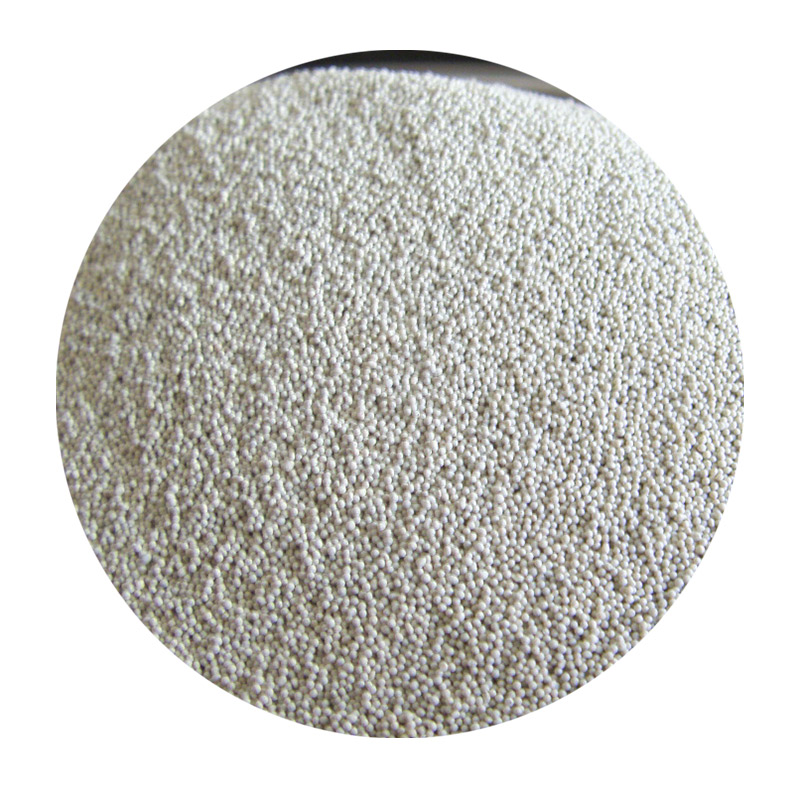Understanding the Metal Sand Casting Process
The metal sand casting process is one of the oldest and most widely used manufacturing techniques for producing metal parts. This method is particularly valued for its versatility and cost-effectiveness, making it suitable for a variety of industries, including automotive, aerospace, and machinery manufacturing. In this article, we will explore the key components, steps, advantages, and applications of the sand casting process.
What is Sand Casting?
Sand casting involves the creation of a mold from sand, which is then used to pour molten metal and form the desired shape. The process typically begins with the production of a pattern, which is a replica of the final product. This pattern is typically made from wood, metal, or plastic and is used to create an impression in a sand mixture.
Key Components of the Process
1. Pattern The pattern is crucial as it determines the dimensions and surface finish of the final casting. Patterns can be made through various methods, including machining or 3D printing.
2. Mold Materials The mold is usually made from a mixture of sand and a binder, which holds the sand grains together. The most common type is clay-bonded sand, but other types like resin-bonded sand are also used, particularly when a smooth surface finish is required.
3. Core If the casting requires internal features or hollow sections, cores made from sand or other materials are added to the mold.
4. Melting Furnace A furnace is used to melt the metal, which can include aluminum, iron, or bronze, depending on the requirements of the casting.
5. Pouring System This system channels the molten metal into the mold. Proper design is essential for ensuring that the metal fills the mold efficiently and can minimize turbulence to avoid defects.
The Steps of the Sand Casting Process
1. Pattern Making The initial step involves creating the pattern that will shape the mold.
2. Mold Preparation The pattern is then placed into a mixture of sand and binder. The sand is compacted around the pattern to form the mold, which is separated into two halves (cope and drag).
metal sand casting process

3. Core Assembly If internal cavities are needed, cores are positioned inside the mold.
4. Melting the Metal The chosen metal is melted in the furnace until it reaches a suitable temperature for pouring.
5. Pouring The molten metal is carefully poured into the mold cavity through the pouring system.
6. Cooling Once the metal fills the mold, it is allowed to cool and solidify.
7. Mold Removal After cooling, the sand mold is broken away, revealing the cast metal part.
8. Finishing Finally, any additional finishing processes such as machining, grinding, or surface treatments are applied to meet the required specifications.
Advantages of Sand Casting
One of the primary benefits of sand casting is its ability to produce complex shapes that would be difficult or impossible to create using other manufacturing methods. It is also highly adaptable, allowing for the use of various metals and accommodating large-scale production runs. Furthermore, its low cost makes it accessible for both large and small-scale production.
Applications of Sand Casting
Sand casting is widely employed across various sectors, including automotive parts such as engine blocks and transmission cases, aerospace components, and industrial machinery. Its robustness and flexibility make it ideal for creating prototypes as well as high-volume productions.
Conclusion
In summary, the metal sand casting process is a time-tested manufacturing method that excels in producing intricate and quality metal parts. Its fundamental principles, along with its advantages and versatility, continue to make it a preferred choice in modern manufacturing environments. As technology advances, sand casting is likely to evolve further, incorporating new materials and techniques to enhance its efficiency and capabilities.
Post time:sept. . 30, 2024 00:53
Next:كيفية صنفرة الطباعة ثلاثية الأبعاد بفعالية لتحقيق نتائج مثالية
